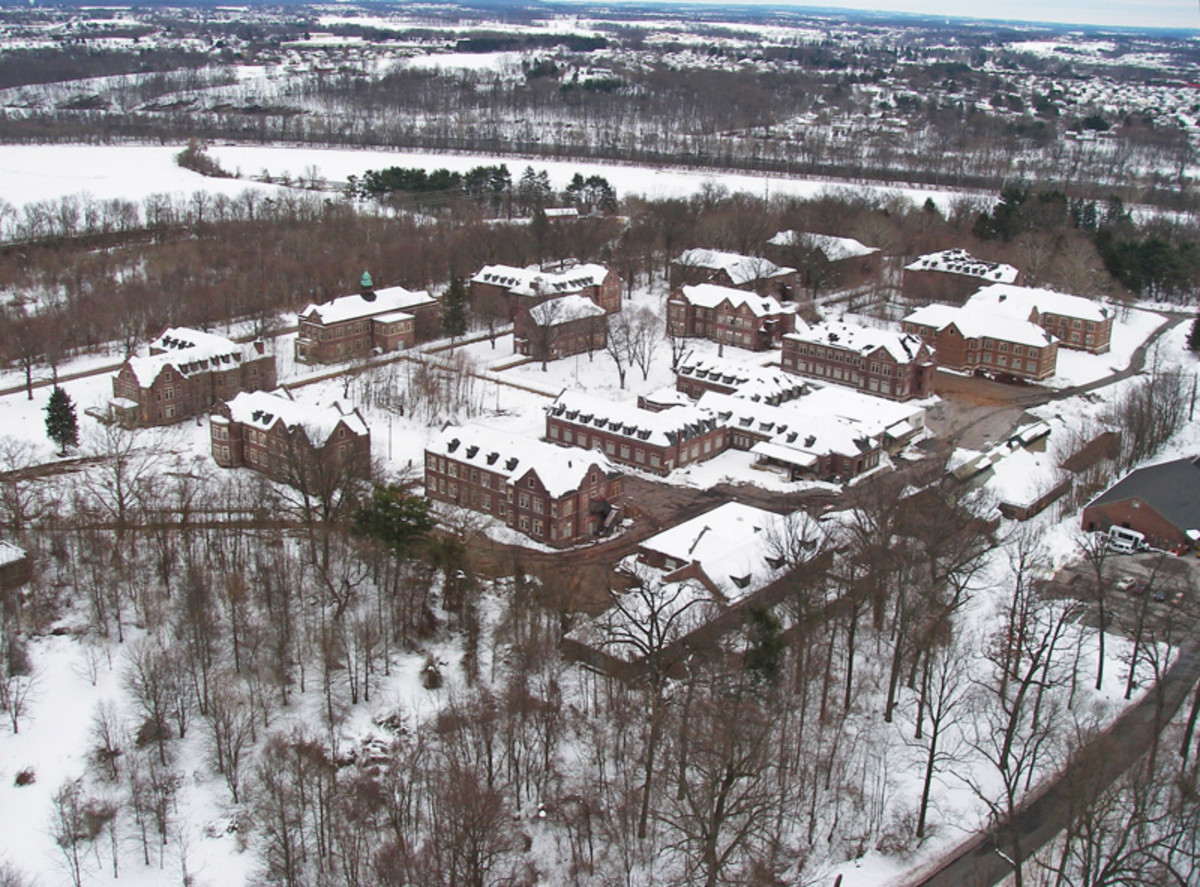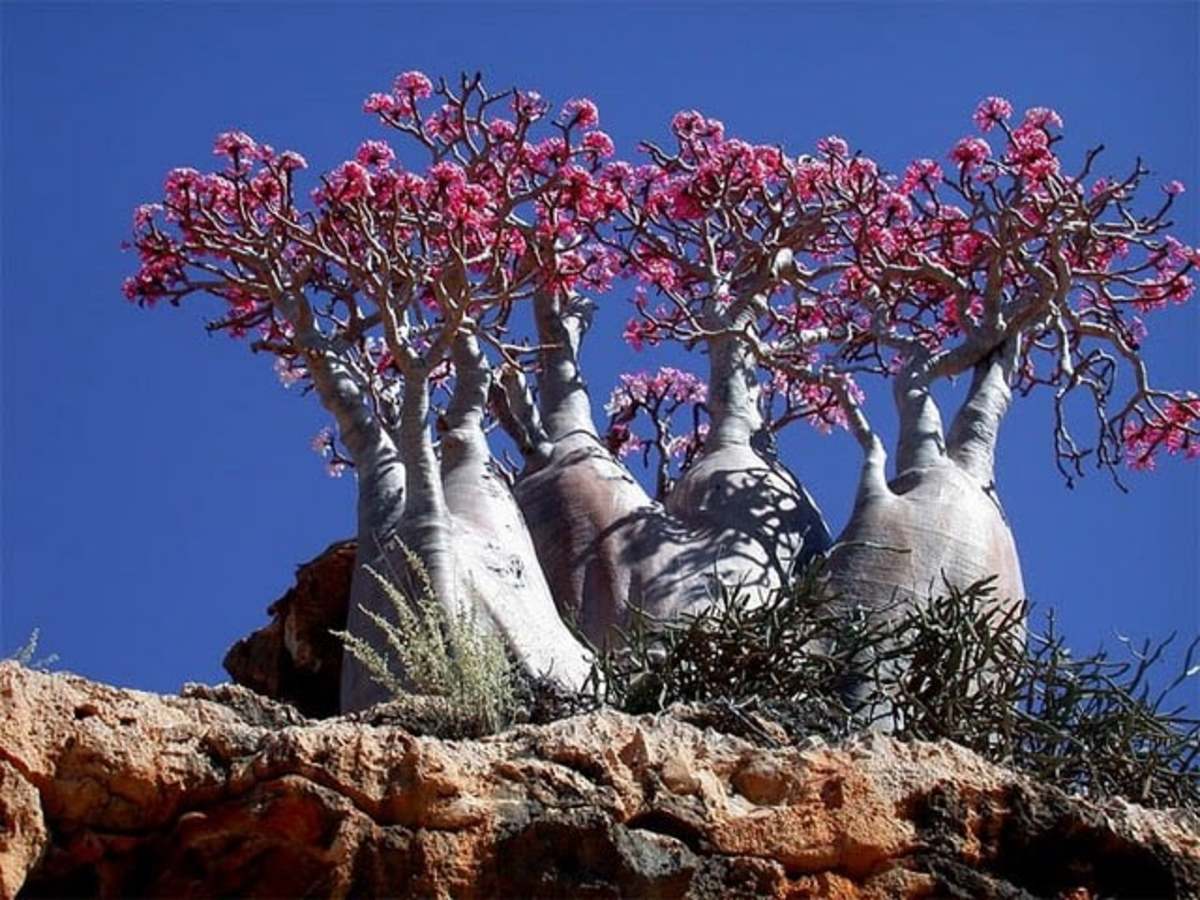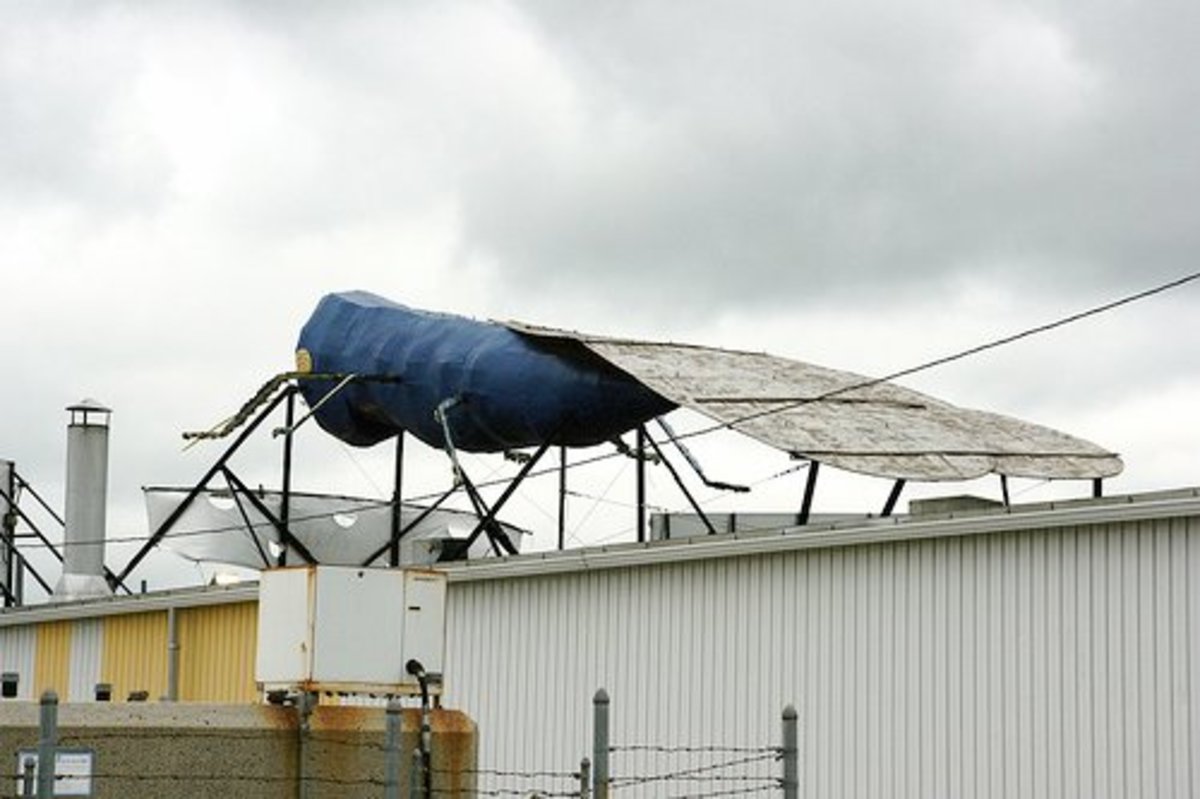Natural Resource Management and Ecotourism

Ecotourism management is all about managing the tourist locations in the ecologically popular regions for the sightseeing, travel, accommodation and hospitality facilities for the tourist within the country as well as for the tourist from the foreign countries. One of the important tasks in the ecotourism locations is to preserve natural habitat.
Here the important tasks are managing the local business as well as the tourism business with no trade-off for tourism as well as for the local social and cultural activities.
Tourism management
- Information handling relating to location and visitor information.
- Human resources management related to tourist hospitality and travel.
- Financial management for managing logistics.
- Natural resources management including preserving natural habitat, pollution management and Space management.
Clean environment, cool weather, clean water availability, comfortable travel, accommodation, affordable economic pricing of various logistics are the need of the tourists in any locations.
Tourism to environment trade-off
While encouraging tourism we should not harm the ecosystem. For having a perspective vision, here some of the vulnerability aspects are discussed.
For ecotourism, The natural habitat, clean water bodies, biodiversity and the scenic views are the basic attractions, by which the idea is to relax peacefully without civilization chores.

Pollution
Litter handling
Ways and means for waste management have to be planned well.
The major problem in all the tourist locations in the plastic which includes plastic bags and plastic water bottles. This plastics not only make the locations ugly but also being non-biodegradable they are of long term problem. As a part of the neat and clean maintenance of the tourist locations, garbage collecting bins have to be placed, in a visible manner, so that environmentally conscious persons can put the waste into these bins. However, we cannot assure that all the time the garbage finding its way to waste bin, when some tourist may throw the waste here and there. So periodic cleaning and maintenance have to be arranged by the local administration, apart from putting cleanliness awareness signboards.
The other type of waste includes leftover foods being thrown away at the nukes and corners. This will be later on pulled out and dropped here and thereby birds and pet animals like cows, dogs and cats.
Soil erosion
Problems with the river are upstream digging and putting of earth and filling the river with soil. Dissolved mud flows through the water currents and these settle near the river mouth forming river mouth islands making it bigger and bigger year after year. Ultimately water body will change its form. Therefore, upstream digging and quarrying have to be controlled stringently.
Dwindling avian population
Birds are sensitive to the environment and climate change. They are the preys of toxic chemicals on their food material. Those birds are prone to radiation hazards of mobile towers and pollution from industries. Safeguarding environmental resources from chemicals and toxins is important for preserving the biota.
Depleting fish resources
Despite trawling ban during the fish breeding season, the fishermen going to harvest fish from the river mouth and sea complain that they are not getting fish sufficient for their livelihood. One of the deep-sea fishermen was complaining about the oil slick due to some previous wrecking of oil tanker ship as the culprit. It did not allow fresh breeding could not take place due to this.
Sand mining in rivers
Sand is a high demand for raw material for construction work for mixing with cement for strength. Though the granite dust called 'M-Sand' or manufactured sand is advocated instead of silica sand, it is not well accepted by construction workers due to its inherent problems and the strength of such constructions are cracking and are questioned for durability as silica sand constructions are trusted.
Vulnerability of hills
In hill stations, the hill slopes are prone to heavy rains, earthquakes and human interventions causing landslides are common in extreme cases. Very meticulous environmental, soil and water conservation and architectural planning are most essential to preserve hill slopes during developmental activities.
Forest fires
Man-made and natural forest fires occur in deciduous and dry forests. During grass drying season, proper fire belting activities and prevention of miscreant activities can safeguard the valuable natural resources.
Chabias
Falling of aged trees or falling of trees due to wind cause chabias and loss to properties and biota. These have to be anticipated and proper trimming pruning or cutting has to be made selectively to preserve the environment. Once empty areas are created due to chabias, the area opens up and becomes vulnerable.
Furthermore, grazing and other animal activities cause damage to environmental resources.
Climate change
Due to prolonged drought up to mid-July during 2019 instead of the June first week, there was some disruption of the breeding ecosystem for freshwater fishes. Prolonged torrential rains have a deleterious effect on the flora and fauna causing heavy waterfall related, rainfall related and turgidity and disease-related problems.
Categorically prolonged drought periods also cause migration of fauna and death of flora, fishes and amphibians as well as herbs.
Tourists attributes
As a guest to the nature destination, having been read the above paragraphs, you should also hold a certain amount of responsibility to damage the habitat to the minimum. Control your urge to enjoy nature and determine to hand over the destination to the coming generations. Even the natural biodiversity also has its right to live its life like us.
- Keep the environment clean.
- To the extent possible don't light or fire anything.
- Do not defecate or litter.
- Never take plastics to ecotourism destinations.
- Never carry chemicals or alcohol.
- Maintain your group size to the optimum.
- Never do over exaggerating propaganda of tourist destination.



Final words
To sustain ecotourism to flourish and continue for a long-term, there needs a very well planned ecotourism management group working for it. The team should monitor all the events associated with ecotourism well in advance and take immediate steps on curative mode to retain the tourism spot from damage from losing its glory.
This content is accurate and true to the best of the author’s knowledge and is not meant to substitute for formal and individualized advice from a qualified professional.
© 2019 Halemane Muralikrishna








